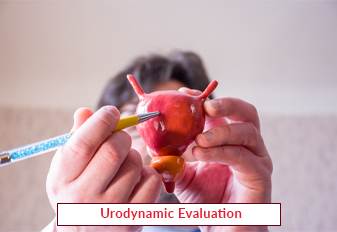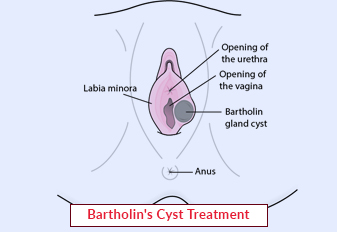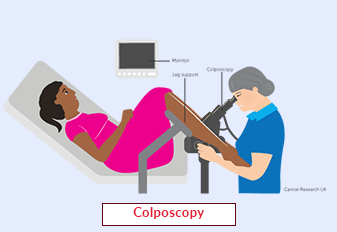Urodynamic Evaluation

Urodynamic evaluation is a diagnostic procedure used to assess the function and efficiency of the urinary system. It provides valuable information about bladder and urethral function, helping healthcare professionals diagnose and treat various urinary disorders. In this article, we will explore the concept of urodynamic evaluation, its significance in diagnosing urinary problems, and the procedure involved.
Book an AppointmentAbout Urodynamic Evaluation
Urodynamic evaluation involves a series of tests that evaluate how the bladder, urethra, and associated muscles are functioning during the storage and voiding of urine. It provides comprehensive information about bladder capacity, muscle coordination, pressure measurements, and urine flow rate. The results help clinicians understand the underlying causes of urinary symptoms and develop appropriate treatment plans.
Procedure of Urodynamic Evaluation
-
Preparatory Steps: Prior to the procedure, the healthcare provider will explain the process and answer any questions. Patients may be asked to provide a detailed medical history and information about their urinary symptoms.
-
Catheterization: Urodynamic evaluation usually involves the insertion of a small, flexible catheter into the bladder. This is typically done through the urethra in a sterile manner. The catheter is connected to specialized equipment that measures various aspects of bladder function.
-
Filling and Voiding Phase: The bladder is filled gradually with sterile fluid while the patient's sensations and bladder capacity are monitored. This allows the assessment of bladder storage and compliance. Patients are often asked to report sensations like first urge, strong urge, and maximum capacity.
-
Pressure Measurements: Pressure sensors on the catheter measure the pressures within the bladder and urethra. This provides information about muscle coordination, detrusor pressure, and sphincter function.
-
Voiding Phase: The patient is asked to empty their bladder while measurements are taken. This helps assess the flow rate, any residual urine, and the presence of any abnormalities during voiding.
-
Additional Tests: Depending on the specific symptoms and suspected conditions, additional tests may be performed, such as a cough stress test, urethral pressure profilometry, or electromyography.
Require Assistance?
Get A Quick Callback From Our Healthcare Experts






